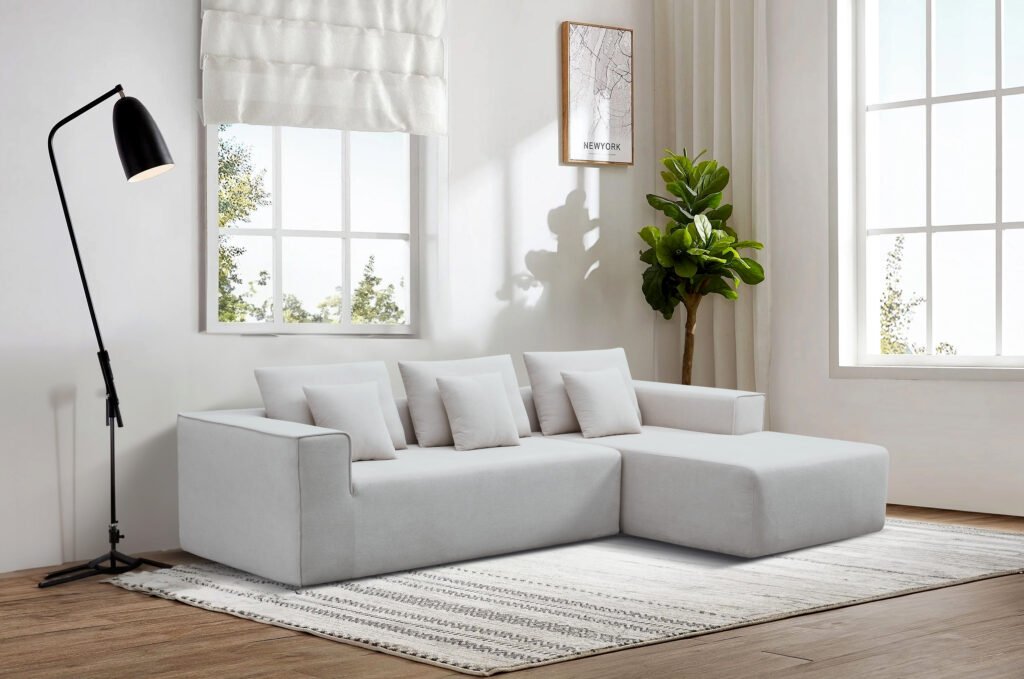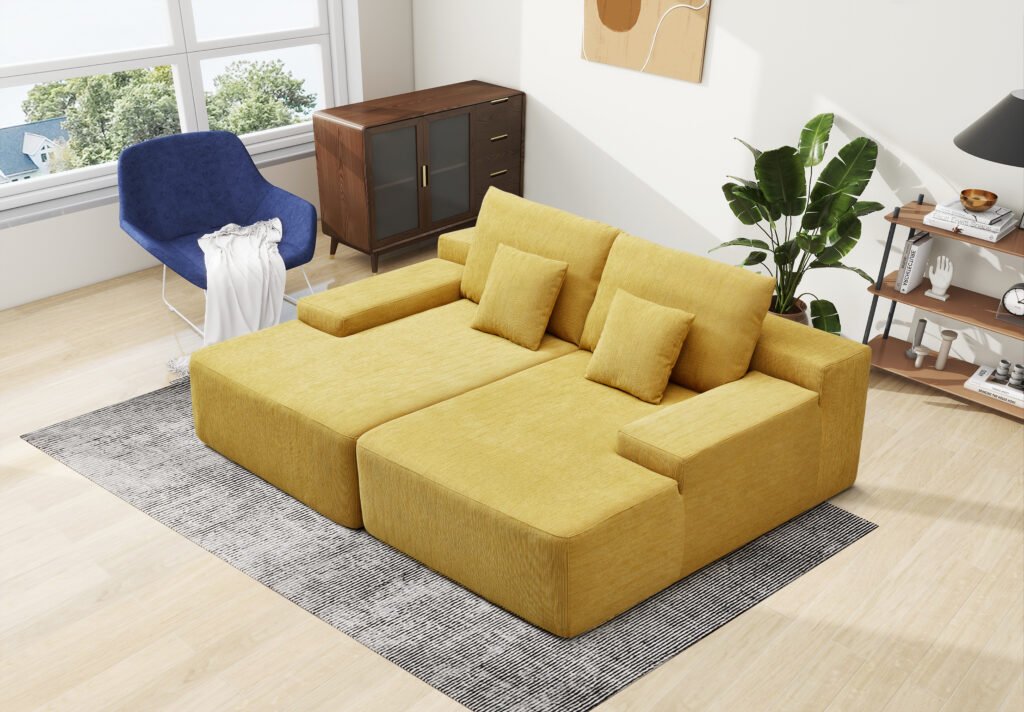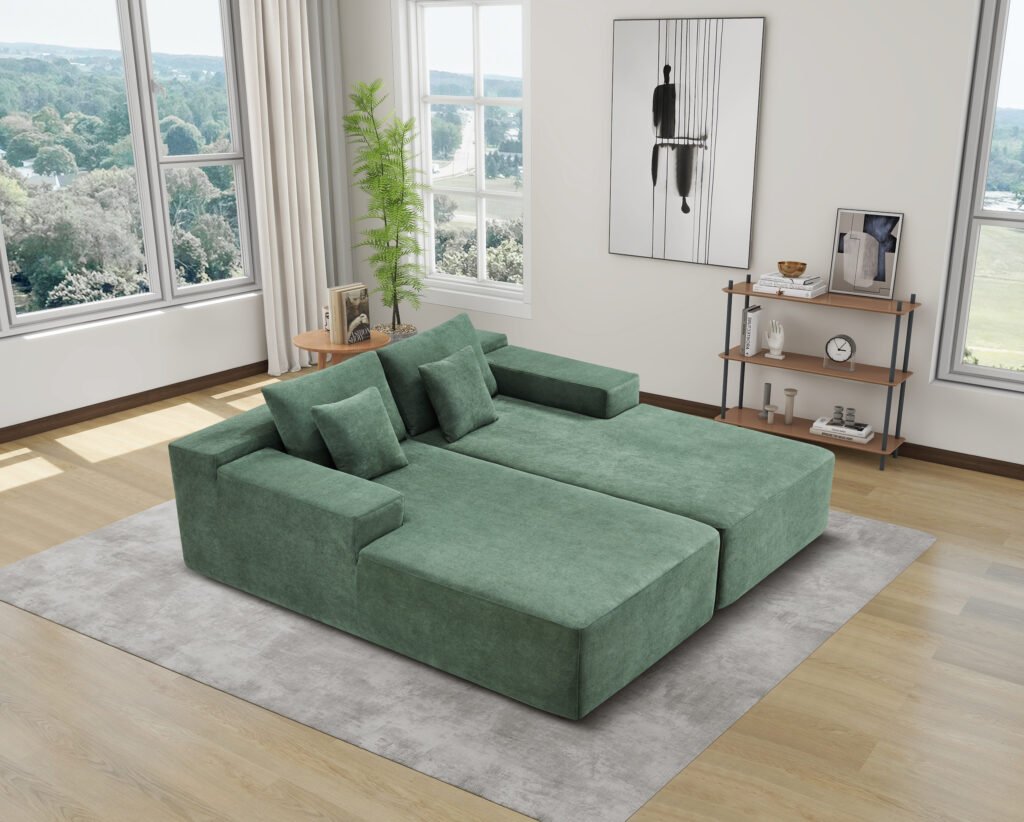
Introduction
The development of compress sofa technology marks a significant milestone in the furniture industry, particularly for B2B stakeholders such as manufacturers, wholesalers, and distributors. Much like the evolution of ink bottles revolutionized writing tools centuries ago, compress sofas have transformed furniture logistics, design, and consumer convenience in recent decades. This retrospective explores the technological advancements, material innovations, and market dynamics that have shaped compress sofa technology, providing valuable insights for B2B professionals aiming to leverage these innovations for competitive advantage in 2025 and beyond.
Early Inspirations and Foundations
The roots of compress sofa technology trace back to traditional space-saving furniture concepts, where portability and modularity were prized. Early foldable sofas and convertible seating laid foundational ideas, but the breakthrough came with innovations inspired by mattress compression techniques. The ability to compress bulky, soft materials without compromising comfort or durability was a game changer. This principle, borrowed from mattress technology, allowed sofas to be vacuum-sealed and shipped in compact forms, drastically reducing volume and shipping costs for B2B clients.


Material Breakthroughs: High-Resilience Foam and Latex
A pivotal moment in compress sofa technology was the identification and use of high-resilience foam and latex as filling materials. Extensive testing revealed that traditional upholstery materials like ordinary sponge or cotton could not withstand the high compression pressures required for vacuum packaging without permanent deformation. Only high-rebound foams and latex particles maintained shape and comfort after compression, enabling mass production of compress sofas that could reliably rebound after unpacking. This material innovation addressed critical B2B concerns about product quality and durability during transit and use.
Advances in Compression and Packaging Technology
The introduction of industrial vacuum compression equipment allowed sofas to be compressed by up to 85% or more of their original volume. This technological leap parallels the historical invention of the press-and-blow process in glass manufacturing, which revolutionized ink bottle production by enabling mass production and standardized quality. For compress sofas, vacuum compression not only optimized shipping and storage but also opened global markets by reducing freight costs and simplifying logistics for wholesalers and distributors.
Sustainability and Biodegradable Innovations
Recent years have seen a growing emphasis on sustainability in compress sofa technology. Inspired by advances in biodegradable materials—such as the cellulose sponge furniture developed by ECAL—manufacturers are exploring eco-friendly upholstery and packaging options. These innovations align with the increasing environmental expectations of B2B buyers and regulatory frameworks worldwide, positioning compress sofas as a responsible choice for modern furniture supply chains.


Customization and Modular Design
As compress sofa technology matured, customization became a key differentiator. B2B clients now demand a range of sizes, fabrics, and modular configurations to suit diverse commercial and residential projects. This mirrors the historical collector’s market for unique ink bottles, where bespoke designs added value and appeal. Today’s compress sofas offer flexibility in assembly and aesthetics, enabling wholesalers and retailers to cater to niche markets and upscale segments.
Digital Integration and Smart Manufacturing
Modern compress sofa production incorporates digital design tools, automated assembly lines, and smart logistics solutions. From CAD-driven prototyping to RFID-enabled inventory management, these technologies enhance quality control and supply chain transparency. Such integration reflects the full-service approach seen in contemporary ink bottle manufacturing, where customization, compliance, and sustainability are seamlessly managed to meet global B2B demands.


Conclusion
The history of compress sofa technology is a narrative of innovation, adaptation, and strategic foresight. For B2B stakeholders, understanding this evolution provides a framework to appreciate current capabilities and anticipate future trends. As the furniture industry continues to embrace sustainability, customization, and digitalization, compress sofas stand as a testament to how technological progress can redefine market possibilities. Embracing these lessons will empower manufacturers, wholesalers, and distributors to maintain leadership in the competitive global furniture landscape of 2025 and beyond.